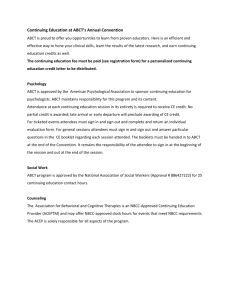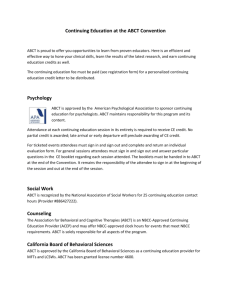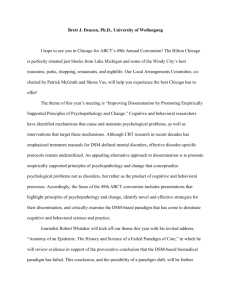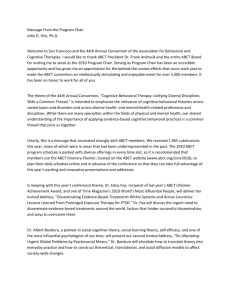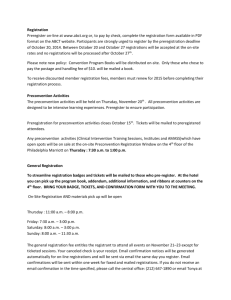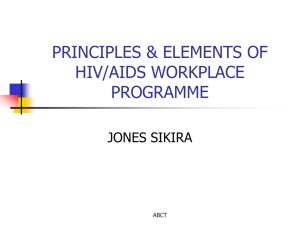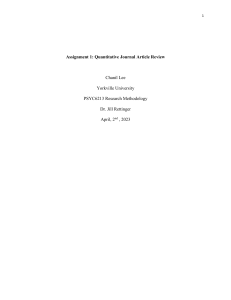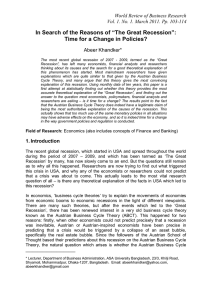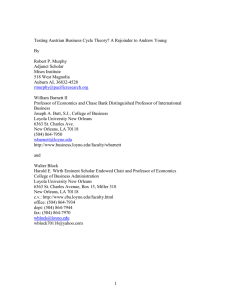Homework #11
advertisement
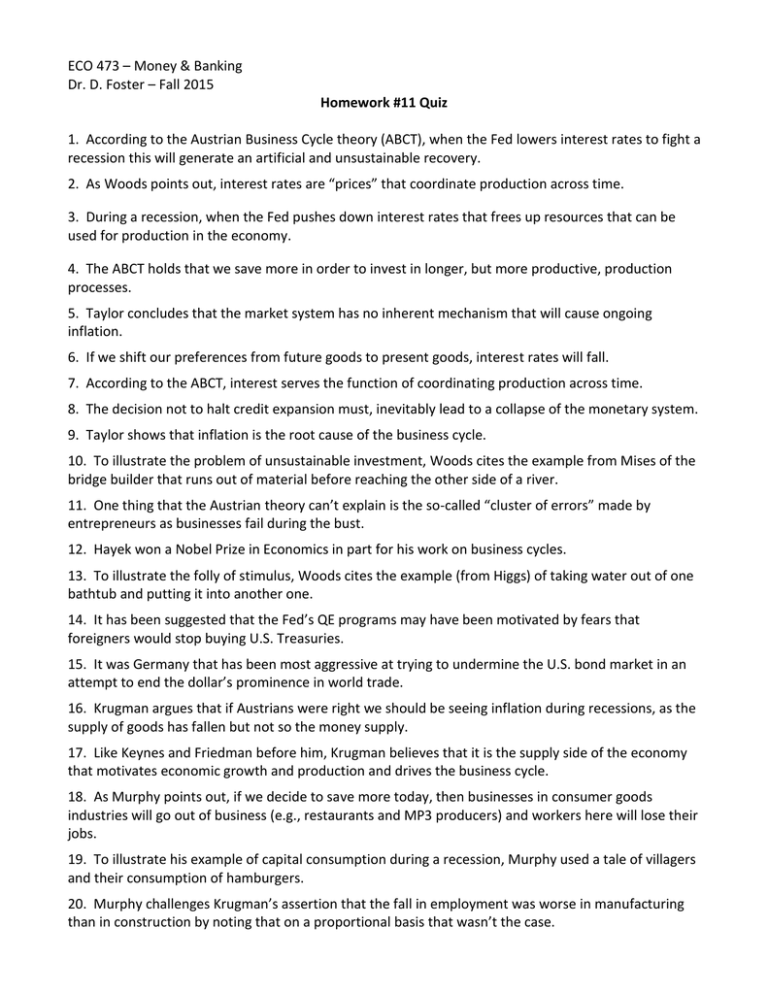
ECO 473 – Money & Banking Dr. D. Foster – Fall 2015 Homework #11 Quiz 1. According to the Austrian Business Cycle theory (ABCT), when the Fed lowers interest rates to fight a recession this will generate an artificial and unsustainable recovery. 2. As Woods points out, interest rates are “prices” that coordinate production across time. 3. During a recession, when the Fed pushes down interest rates that frees up resources that can be used for production in the economy. 4. The ABCT holds that we save more in order to invest in longer, but more productive, production processes. 5. Taylor concludes that the market system has no inherent mechanism that will cause ongoing inflation. 6. If we shift our preferences from future goods to present goods, interest rates will fall. 7. According to the ABCT, interest serves the function of coordinating production across time. 8. The decision not to halt credit expansion must, inevitably lead to a collapse of the monetary system. 9. Taylor shows that inflation is the root cause of the business cycle. 10. To illustrate the problem of unsustainable investment, Woods cites the example from Mises of the bridge builder that runs out of material before reaching the other side of a river. 11. One thing that the Austrian theory can’t explain is the so-called “cluster of errors” made by entrepreneurs as businesses fail during the bust. 12. Hayek won a Nobel Prize in Economics in part for his work on business cycles. 13. To illustrate the folly of stimulus, Woods cites the example (from Higgs) of taking water out of one bathtub and putting it into another one. 14. It has been suggested that the Fed’s QE programs may have been motivated by fears that foreigners would stop buying U.S. Treasuries. 15. It was Germany that has been most aggressive at trying to undermine the U.S. bond market in an attempt to end the dollar’s prominence in world trade. 16. Krugman argues that if Austrians were right we should be seeing inflation during recessions, as the supply of goods has fallen but not so the money supply. 17. Like Keynes and Friedman before him, Krugman believes that it is the supply side of the economy that motivates economic growth and production and drives the business cycle. 18. As Murphy points out, if we decide to save more today, then businesses in consumer goods industries will go out of business (e.g., restaurants and MP3 producers) and workers here will lose their jobs. 19. To illustrate his example of capital consumption during a recession, Murphy used a tale of villagers and their consumption of hamburgers. 20. Murphy challenges Krugman’s assertion that the fall in employment was worse in manufacturing than in construction by noting that on a proportional basis that wasn’t the case. Name: ECO 473 – Money & Banking Dr. D. Foster – Fall 2015 Homework #11 Special scoring – quiz is worth 10 pts. and only one essay for 5 pts. Please use the following to record your answers and turn in with your homework: Quiz #11 1 6 11 16 2 7 12 17 3 8 13 18 4 9 14 19 5 10 15 20 The ABCT argues that the massive errors made by entrepreneurs is unexpected and hard to explain given our understanding of economic theory. Why do you think this point is overlooked? Do you think that the Austrian argument is right in this regard? Keynes wrote that depressions come about due to a lack of “animal spirits.” That is, we just somehow lose our motivation to produce. Is that a better argument? Essay (100-200 words): Word count =
